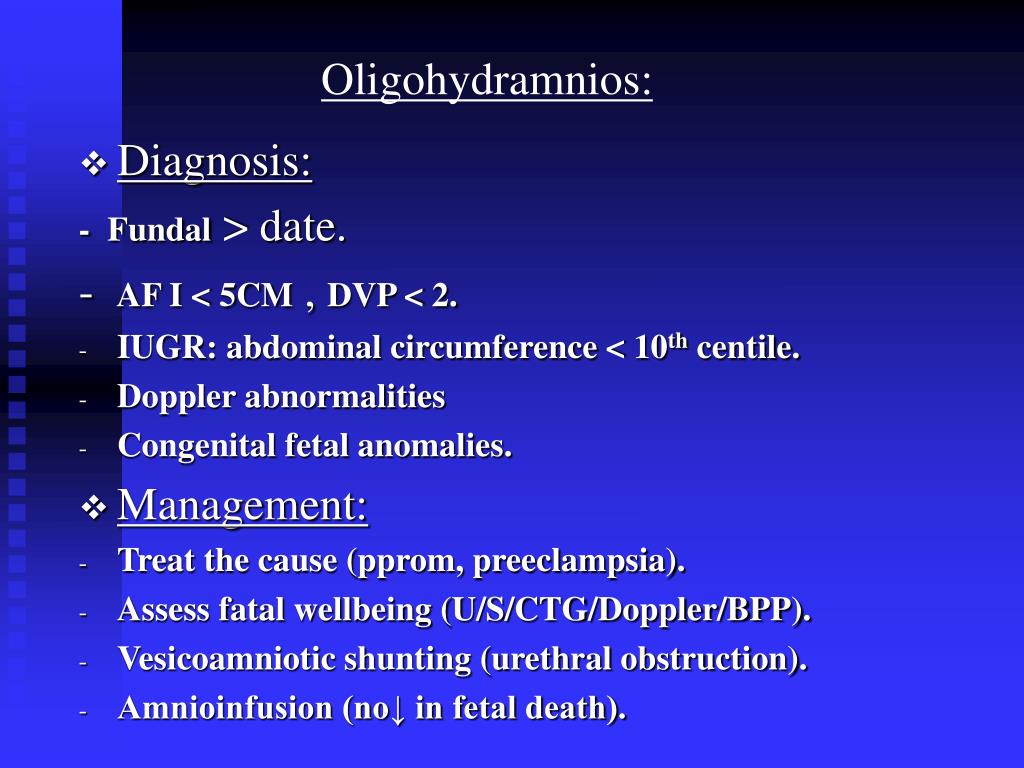

If your waters have broken before 36 weeks, antibiotics are recommended to help prolong your pregnancy and guard against infection. You may be offered antibiotics if you have signs of infection.

If your waters have broken early, before your contractions have started, you’re at risk of infection if you don’t then go into labour. If you aren’t sure whether your waters have broken, contact your doctor straight away. Sometimes it’s difficult to tell the difference between broken waters and an accidental leak of urine. Your waters may break in a big gush, or fluid may leak out slowly, because there’s a tear in the amniotic sac. If one of your identical twins is not growing as well as he should.If your baby has an inherited medical problem with his urinary system.Certain types of medication you may be taking.A problem with the placenta (placental insufficiency).However, the most common cause of low amniotic fluid is that your waters have broken. The reason isn't always obvious, and it can be difficult to pinpoint exactly why it's happening to you. In general, a measurement of less than 2cm (0.8in), is considered to be low. There are established normal levels of fluid for each week of pregnancy, so your levels will be compared with these. She’ll measure the depth of the largest pocket of amniotic fluid in your womb. The ultrasound doctor (sonographer) will check your fluid levels by looking at the whole amniotic sac. If your doctor has concerns, she’ll recommend that you have another ultrasound scan. you have problems with your blood pressure.you have a particular medical condition, such as lupus.you’ve already had a baby who was small for dates or of a low birth weight.She may also want to check your amniotic fluid levels if you have risk factors for having a low birth weight baby, such as: Your doctor will pick this up when she checks the size of your bump with a tape measure at one of your antenatal appointments. Your doctor may suspect that your amniotic fluid levels are low if your tummy or baby appears smaller than expected (small for dates). Low amniotic fluid is likely to be picked up during a routine ultrasound scan. How can I tell if I have oligohydramnios? Having low amniotic fluid is a fairly common problem in pregnancy. Too little amniotic fluid surrounding your baby is called oligohydramnios, and too much fluid is called polyhydramnios, or hydramnios.

From 38 weeks onwards, the fluid gradually begins to reduce, until you’re ready to give birth. You start off with just a few millilitres, but will have between 800ml and 1,000ml by the time you’re about 36 weeks pregnant. The amount of amniotic fluid increases as your pregnancy progresses. This means that the amount of fluid in the amniotic sac normally rises and falls every day. What is a normal level of amniotic fluid?Your baby regularly swallows amniotic fluid, and passes it out of his body as urine.


 0 kommentar(er)
0 kommentar(er)
